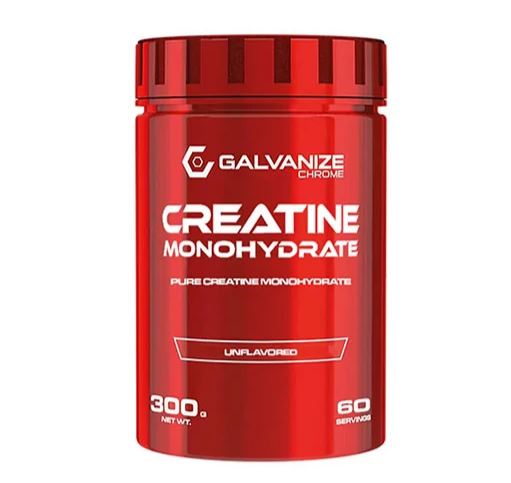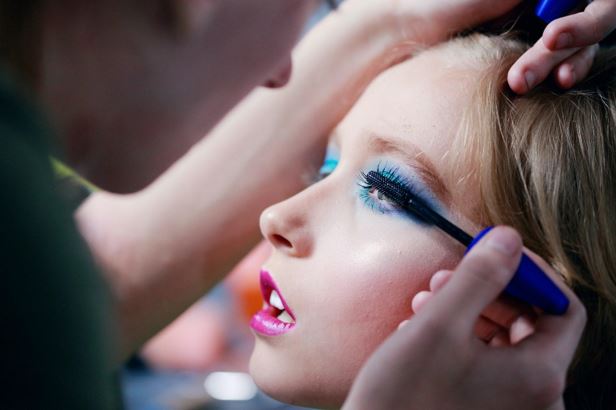The Ultimate Guide to Healthy Hair: Tips for Strong, Shiny, and Resilient Hair
Hair health is a cornerstone of beauty and confidence, reflecting our lifestyle, diet, and daily routines. Just like any other part of our body, our hair thrives when it’s given proper care and nourishment. This guide covers essential tips and practices to help you achieve and maintain strong, shiny, and resilient hair.
The Role of Nutrition in Hair Health
Achieving and maintaining healthy hair starts from the inside out. Nutrients are essential for hair growth, strength, and shine, with specific vitamins and minerals playing a crucial role in promoting hair resilience and overall vitality. Protein is particularly important, as hair is primarily composed of keratin, a type of protein. Foods rich in lean proteins—like chicken, fish, eggs, nuts, and legumes—are essential for strengthening each strand.
Beyond protein, other nutrients are key to hair health. Iron and zinc, found in foods such as spinach, red meat, and lentils, help prevent hair loss and support hair growth. Vitamins A, C, and E, along with B-complex vitamins, are essential for scalp health, collagen production, and circulation, which nourish hair follicles. Biotin, a B vitamin, is especially effective for hair growth and reducing hair thinning. Including a variety of fruits, vegetables, and whole grains in your diet ensures you get these essential nutrients. Staying hydrated is equally important, as water helps keep hair moisturized from within, reducing brittleness and frizz.
Maintaining a Gentle Hair-Care Routine
While washing hair is necessary to remove dirt and oils, over-washing can strip away the natural oils that keep hair moisturized and protected. For most people, washing hair two to three times a week is optimal. When shampooing, use a sulfate-free formula that’s gentle on the scalp and hair. Sulfates, often found in conventional shampoos, can be too harsh and lead to dryness, especially for those with sensitive or curly hair.
Conditioning is a vital step in any hair-care routine, helping to restore moisture and protect hair from breakage. Focus on applying conditioner to the lengths and ends of your hair, avoiding the roots, as this can lead to excess oil buildup on the scalp. Deep conditioning treatments or hair masks can be beneficial when done once a week. Look for products with hydrating ingredients like shea butter, avocado oil, or keratin to give your hair an extra boost of moisture and resilience.
Protecting Your Hair from Damage
Daily styling practices can cause cumulative damage to your hair over time, so taking steps to protect your hair from heat, environmental stressors, and physical tension is essential. Heat-styling tools like hairdryers, flat irons, and curling wands can lead to dryness and breakage if used excessively. When using these tools, apply a heat protectant spray to reduce potential damage and keep the temperature settings as low as possible to achieve your desired look.
Limiting tight hairstyles, such as high ponytails and braids, can also prevent hair breakage and thinning. If you frequently wear your hair up, try switching to looser styles and using soft hair ties that won’t pull or damage the hair shaft. Additionally, brushing gently from the ends to the roots with a wide-tooth comb can prevent tangling and breakage. When hair is wet, it’s especially fragile, so avoid vigorous towel drying and instead blot with a soft microfiber towel.
Prioritizing Scalp Health
A healthy scalp is the foundation of healthy hair, as it provides the right environment for hair growth. A buildup of oils, dead skin cells, and styling products can clog hair follicles and lead to scalp issues like dandruff or hair thinning. Regular scalp care can make a noticeable difference in the look and feel of your hair.
Exfoliating your scalp once or twice a month can help clear away buildup, promoting better circulation and unclogging follicles. You can find gentle scalp scrubs specifically designed for this purpose, or simply use a small amount of baking soda mixed with your regular shampoo. Additionally, a weekly scalp massage can stimulate blood flow to the hair follicles, supporting hair growth and overall scalp health. Essential oils like tea tree and peppermint are great for scalp massages, as they have natural antifungal properties that can help keep the scalp clean and balanced.
Reducing Stress for Healthier Hair
Stress can have a significant impact on hair health. High stress levels can lead to hair thinning or even trigger hair loss conditions such as telogen effluvium, where more hair than usual enters the shedding phase. Practicing stress management techniques like yoga, meditation, or regular exercise can help maintain hormonal balance and reduce the likelihood of hair loss.
Avoiding Chemical Overload
Coloring, perming, and relaxing hair are common styling choices, but frequent chemical treatments can weaken the hair shaft, leading to breakage and dryness. If you color your hair, try to limit treatments to every six to eight weeks and consider using products specifically formulated for color-treated hair to maintain moisture and reduce damage. Opt for a professional stylist who can use gentler, high-quality products, and consider treatments with minimal ammonia or other harsh chemicals.
Key Takeaways for Optimal Hair Health
Achieving healthy, beautiful hair is a commitment that requires attention to diet, care routines, and stress management. Discover essential tips and routines in our hair health blog to achieve strong, shiny, and resilient hair.
Here are some quick takeaways to keep in mind:
- Diet: Eat a balanced diet rich in protein, vitamins, and minerals like biotin, zinc, and iron.
- Gentle Washing: Wash hair two to three times per week with sulfate-free shampoo and conditioner.
- Protection: Use heat protectants, avoid excessive heat styling, and wear loose hairstyles to reduce tension on your hair.
- Scalp Care: Exfoliate and massage your scalp regularly to maintain a healthy environment for hair growth.
- Stress Management: Keep stress levels in check to prevent hormone-related hair issues.
By combining these practices with patience and consistency, you can improve the strength, shine, and overall health of your hair. Healthy hair is more than just a beauty asset—it’s a reflection of your overall wellness and self-care habits.





